The 'Middle Ages' or medieval period gained its claim to fame for its gruesome tragedies such as the plague, its lack of hygiene, the hundred years' war and the religious crusades. The fall of the Roman empire threw Europe into what was thought of as the dark ages, where it’s often asserted that there was a decline in rich culture and achievements, but this is far from the truth. In terms of music, the medieval period is the most important era in regards to the western world. After Rome fell, there wasn't a government or state leader that could unite and lead people. As a result, the Catholic Church became the most powerful institution of the medieval period. Kings, Queens and other high-status figures formed alliances with the Church, offering them more power and political protection.
The 'unholy’ spectacle of theatre
For the theatrical world, the Church had the final say, and it tried to dissuade Christians from going. Theatre at the time was often formed from a group of travelling musicians and performers who would use drone instruments to accompany their singing and dancing. Theatre for personal gain was seen as a sin, and the only acceptable forms of it came in the forms of religious drama – an education method used to teach the New Testament of the Bible. Another form of ‘courtly theatrical display’ took place on the triumphant entry into a city of a prince and his entourage after victory in war. The general public was encouraged to attend and participate to amplify the sense of special occasion. The only other acceptable forms of theatrical performance were reserved for the court, but this was not properly developed until the 16th century when the costumes and set would cause a huge spectacle for the viewers. On occasion, a group of strolling players would be invited to perform in the courtyard of the palace for the entertainment of the nobilities. The only truly acceptable forms of theatrical performance were reserved for the court, but this was not properly developed until the 16th century when the costumes and set would cause a huge spectacle for the viewers. In other words, theatre as we know it didn’t really thrive due to religious qualms, but music on the other hand, was a different matter altogether.
Musical prayers
For those who want to learn about the evolution of music as we know it in more detail, I would recommend Howard Goodall's 'Story of Music'. Put more simply, the medieval period's evolution of music was much more progressive. What makes this era a pivotal one for the world of music, is the fact that this was the first time that music was written down, and the first time the written language of music was established. The earliest examples of this music come from around the 9th Century AD, where we have our only link with the Roman Empire: Latin. The text was sung by monks in unison. It is impossible to know what this sounded like, as melodic notes as a concept had not been written down or established in the way that we know it today. What we do know is that it was all sung by men, a varying melody with no definitive rhythm. The ancient tradition is called plainchant or plainsong. This is a great example of the term monophonic, which defines one line of music.
The revolution of harmony
Eventually, young boys' voices were added to the ensemble, singing one octave above the monks, adding more depth to the sound. The octave interval between the monks’ melody and the boys’ melody was a new concept, with the monks singing the bottom of the 8 note scale and the boys singing the top. However, there soon came the idea to add a different note from the scale at the same time. This note was 5 notes above the original melody, which was a huge revelation. The two melodies moved in parallel to each other, creating a much richer sound – the first example of harmony. It was called Parallel Organum, as the tone sounded like an organ. The rhythm was still the same for all singers, meaning that this kind of singing is homophonic: two or more lines of music sung in one rhythm.
The next revolutionary idea was to keep one note the same while the upper melody continued as normal. For the singers on the bass note, this was a very dull part, and the long notes across a few words were difficult to sing, so instruments were developed to play the long continuous note, called drones. The term for this music is Drone Organum, which is a texture of music that we still hear in the bagpipes, with the bass note holding the drone, and the melody playing over the top.
Music on paper
The extensive repertoire of latin chants were almost impossible for anyone to remember, and this is where we get the first examples of written music. At first, the spots that indicated a note varied in height as a general indication of when the melody was going higher or lower. Small lines following the 'note' would indicate when the note was held for longer. Then, to save space, the spots could take different shapes as an indication of the note's length.
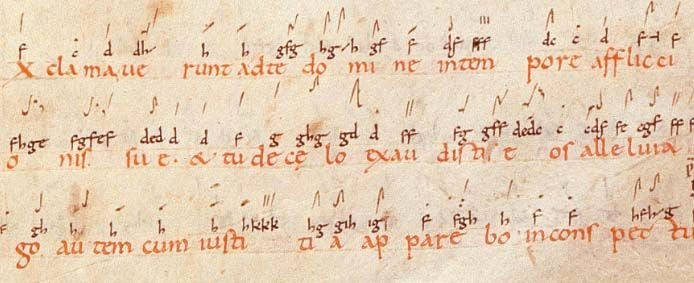
This was the way until an Italian composer called Guido of Arezzo made a standardised format of lines on which the notes could be placed.
From here, the possibilities were endless. Pérotin was a composer writing for the newly-built Notre Dame in Paris, and his ideas were worlds ahead, adding three or more notes at one time, including different rhythms being sung at the same time. This texture of music is called Polyphonic. This is our foundation for everything we understand of western music.
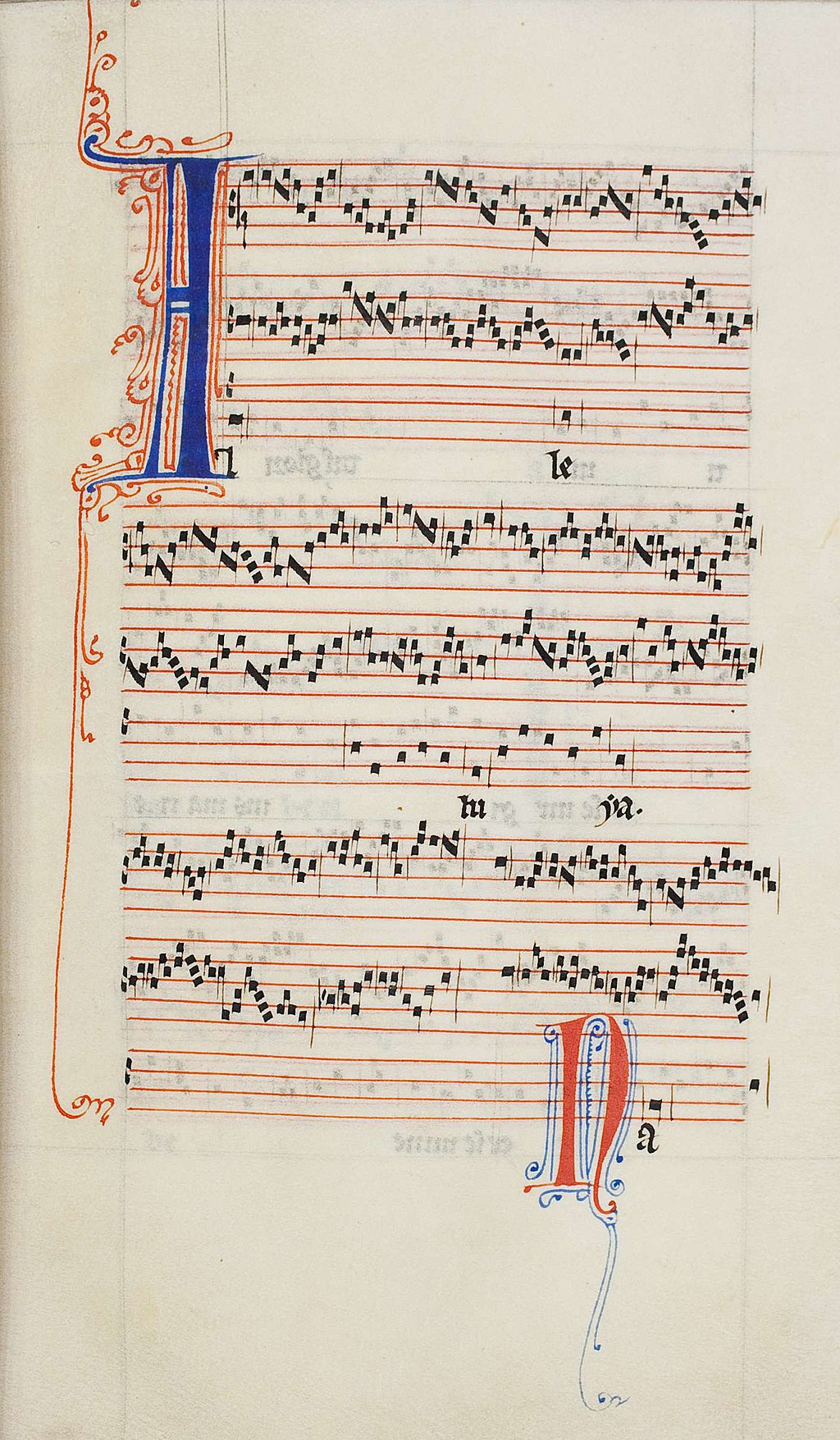
The rest is history
For the western world, this is the birthplace of all we understand about written music, harmony, rhythm, and ultimately our language of music. It forms the foundation for new developments of music, the invention of instruments that could play multiple notes, and different types of music for different settings. Music could soon be developed for certain occasions, certain venues and certain people, though it wasn’t until the Romantic Era (1820-1900 approx.) that music began to be created as a more emotive language.
However, for a time period that is all too often referred to as the 'dark ages’, the Medieval Period or ‘Middle Ages’ developed the entire formula upon which new composers could build and evolve. By the Renaissance Period (1500s), Europe became the capital for what is widely considered the ‘Golden Age’ of music.

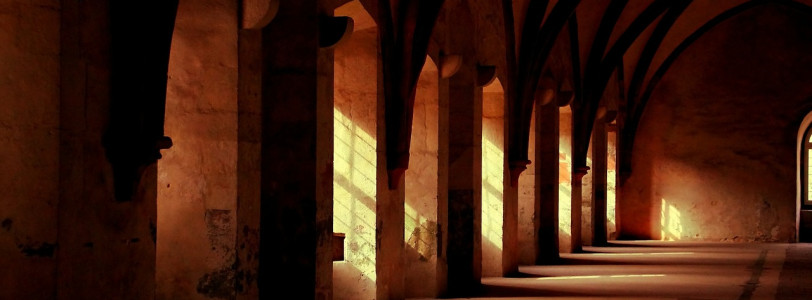

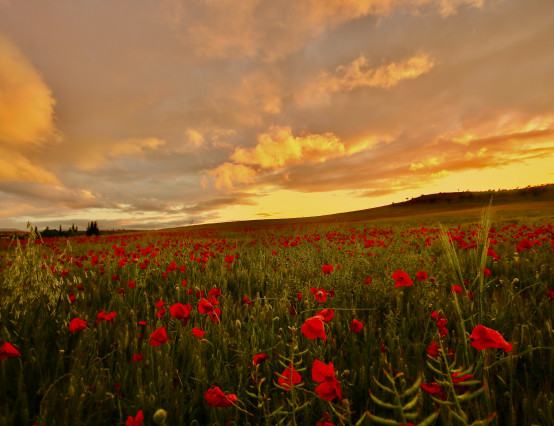
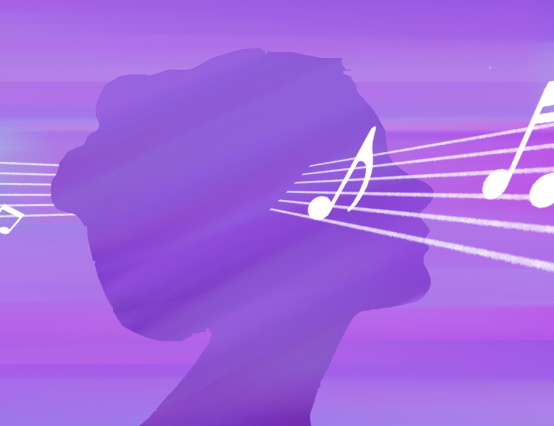
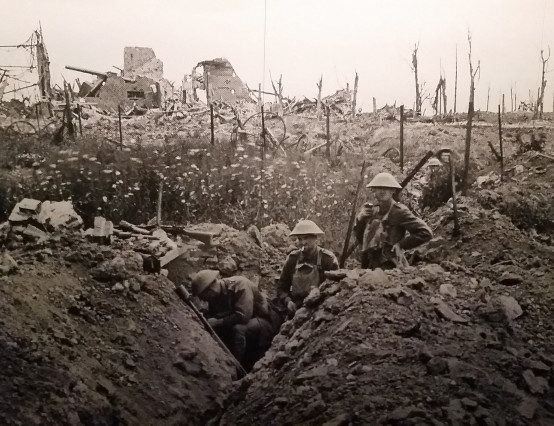


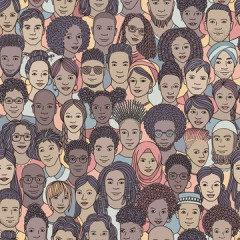
0 Comments